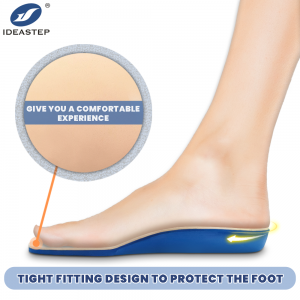
Diabetics are at a higher risk of developing foot problems, including ulcers and infections, which can lead to amputations. While traditional treatment options include antibiotics and debridement, new research suggests that insoles may play a crucial role in managing diabetic foot. In this article, we’ll explore the potential benefits of insoles for diabetic foot and how they can be used to improve patient outcomes.
The Importance of Foot Care in Diabetes
Diabetes affects the body’s ability to regulate blood sugar levels, leading to a range of complications, including nerve damage, kidney damage, and poor circulation. The feet are particularly vulnerable to these complications, making them more susceptible to foot problems. In fact, diabetes is the leading cause of non-traumatic limb amputations worldwide.
The Role of Insoles in Diabetic Foot Management
Insoles can provide a range of benefits for diabetic foot, including:
- Customized Support: Insoles can be custom-made to fit each individual’s foot exactly, providing targeted support and cushioning for the arch and heel.
- Pressure Reduction: Insoles can help to reduce pressure on the foot, reducing the risk of ulcers and other foot problems.
- Improved Alignment: Insoles can help to improve foot alignment, reducing the risk of deformities and promoting proper foot function.
- Cushioning: Insoles can provide cushioning for the foot, reducing the risk of shock and vibration transmitted to the bones and joints.
Studies on Insoles and Diabetic Foot
Several studies have investigated the use of insoles in the management of diabetic foot. A study published in the Journal of Diabetes Research found that custom-made insoles significantly reduced pressure on the foot in patients with diabetes. Another study published in the Journal of Foot and Ankle Research found that the use of insoles improved gait patterns and reduced the risk of falls in patients with diabetes.
Conclusion
Insoles may play a crucial role in the management of diabetic foot, providing customized support, pressure reduction, improved alignment, and cushioning for the foot. While traditional treatment options remain an important part of diabetic foot care, insoles offer a non-invasive, cost-effective solution that can improve patient outcomes and reduce the risk of complications. If you are interested in diabetic insoles, you can continue to visit this page (Diabetes Insoles) and tell us your needs.
